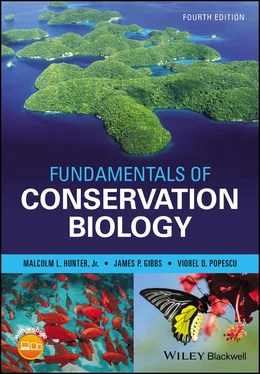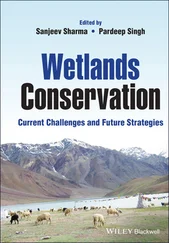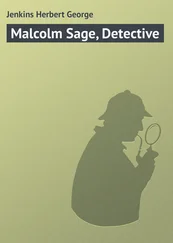The potential rate of evolution is directly proportional to the amount of variability in a population, or to put it another way, species with greater genetic diversity are more likely to be able to evolve in response to a changing environment than those with less diversity. The gray squirrel situation discussed earlier (see Fig. 5.3) is a good example: if the genetic variation that generates the two color morphs of squirrels were not present 300 years ago the species may well have gone extinct rather than evolved toward the more common gray form we see today. Overharvest can also select for changes in plant morphology as long as there is genetic variation present for selective processes to operate on ( Fig. 5.6). A similar story could be told for many species that have rapidly adapted to human‐caused changes in their environments (see Stockwell et al. 2003; Carroll et al. 2014).
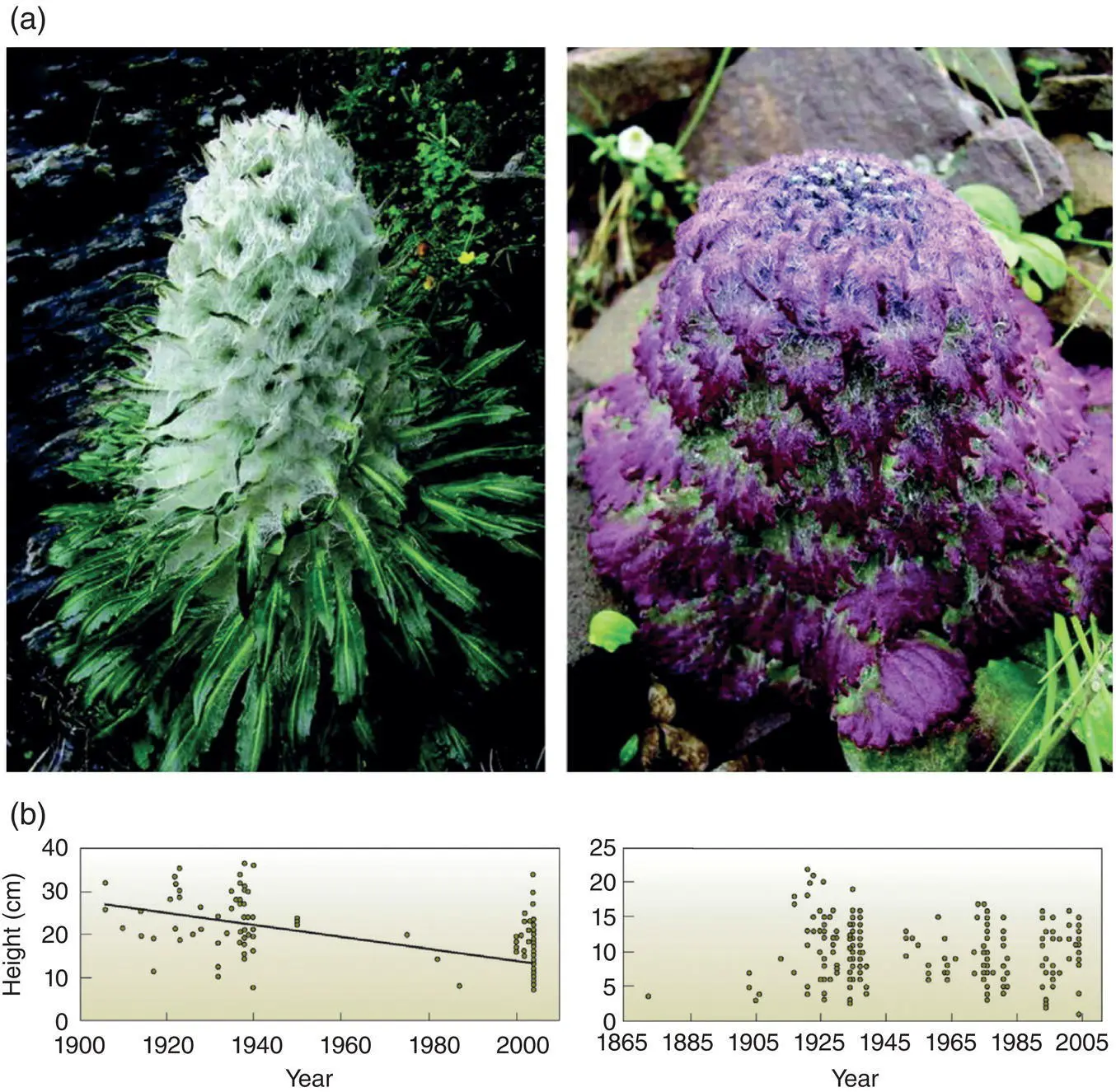
Figure 5.6 (a) Species of snowball plants of the genus Saussurea that are used in traditional Tibetan and Chinese medicine have declined in height over the past 100 years ( S. laniceps ). (b) Another species that is seldom collected, S. medusa , showed no significant decline.
(Courtesy of Law and Salick/National Academy of Sciences, USA)
Environments change through space, as well as time, and a species with greater genetic diversity is more likely to colonize a wider range of environments than a species with limited genetic diversity. For example, a survey of the heterozygosity and polymorphism of 189 species of amphibians indicated that genetic diversity was greatest in amphibians that lived in the most heterogeneous environments (e.g. forests) and least in homogeneous environments (e.g. aquatic ecosystems and underground) (Nevo and Beiles 1991). A similar pattern has been shown for plants (Gray 1996). More disturbed environments also tend to support species with lower genetic diversity (Banks et al. 2013).
Populations that lack genetic diversity may also experience problems (e.g. low fertility and high mortality among offspring, etc.) even in environments that are not changing ( Fig. 5.7). A loss of fitness associated with genetic uniformity often develops from breeding between closely related individuals, an outcome known as “inbreeding depression.” It is a well‐known phenomenon in zoos, where populations of captive animals are often small, and mating among close relatives can be unavoidable (Ralls et al. 1988) ( Fig. 5.8). Inbreeding affects traits important for fitness. Reproductive biology is particularly sensitive. For example, female marmoset monkeys inbred in captive situations develop fused genital labia and cannot copulate but are otherwise reproductively healthy (Isachenko et al. 2002). Plant and animal breeders who breed individuals that are genetically similar to one another to promote desirable characteristics that they share, such as a preferred color or resistance to a certain disease, can also promote inbreeding indirectly.

Figure 5.7 Relationships between reproductive fitness and genetic diversity summarized across many studies by Reed and Frankham (2003). The strength of the relationship is measured by the correlation coefficient, which ranges from −1 when higher fitness is associated with lower genetic diversity (and vice versa) to +1 when higher fitness is associated with higher genetic variation (and vice versa). If there was no relationship then most studies would report correlations between fitness and genetic diversity around zero but as this figure clearly indicates relationships tend to be quite positive (averaging about 0.4).
(Reed and Frankham 2003/John Wiley & Sons)
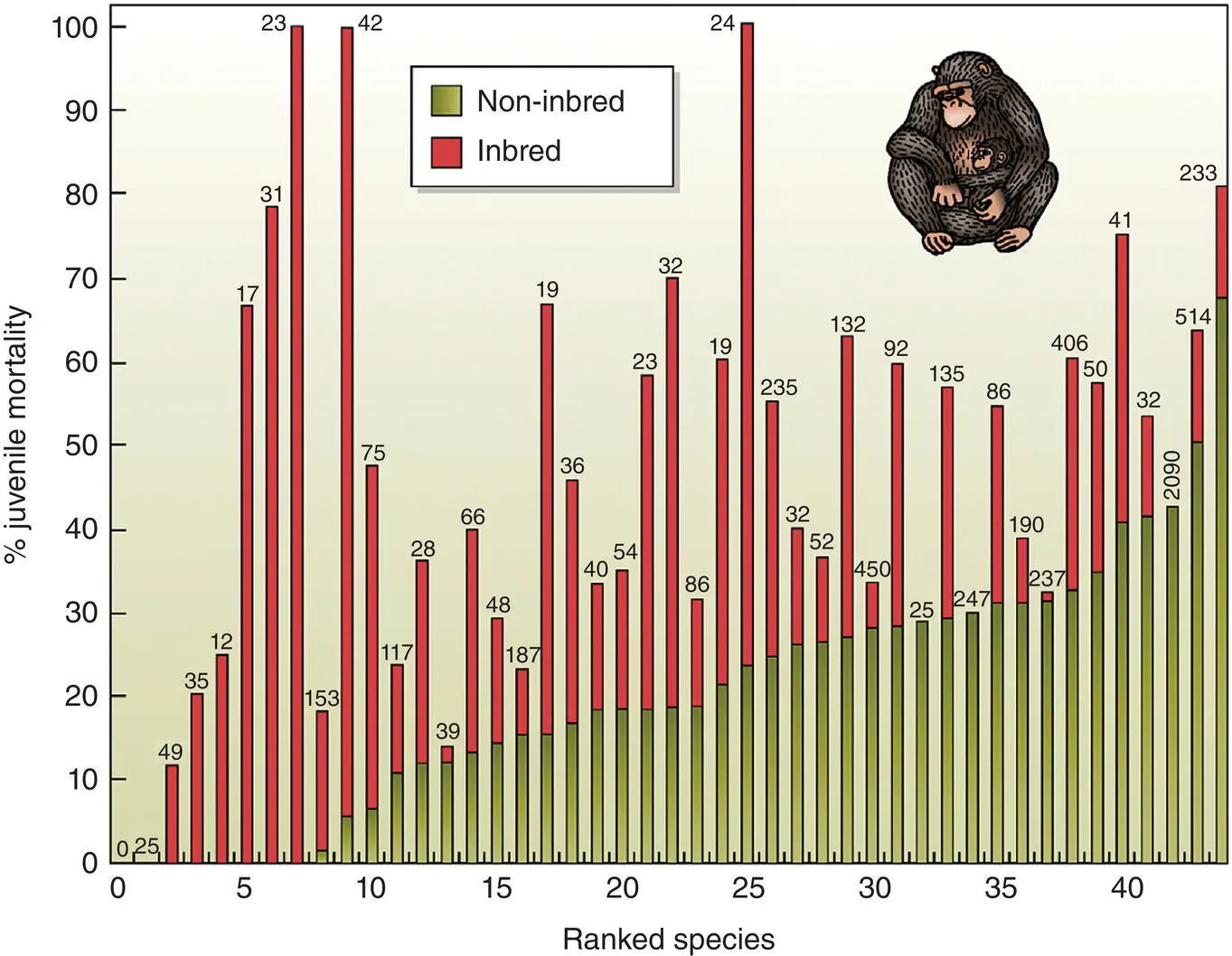
Figure 5.8 Juvenile mortality in 44 species of mammals (16 ungulates, 16 primates, 10 rodents, one marsupial, and an elephant shrew) bred in captivity. Open bars represent mortality rates with inbred parents; black bars represent mortality rates from matings between unrelated parents. Species are arranged from left to right by increasing mortality from unrelated parents. Numbers on the tops of the bars are the sample size. (
Data from Ralls and Ballou 1983)
There are three general explanations for relatively low fitness in genetically uniform populations. First, there is more homozygosity in genetically uniform populations, and this may lead to the expression of deleterious alleles that are usually recessive and suppressed in heterozygous individuals. Hip dysplasia in purebred dogs is a widely known current example. At one time, inbreeding within the royal families of Europe resulted in many family members having a split upper lip. An example of inbreeding that increases the expression of a maladaptive trait in a wild species is provided in Fig. 5.9. These traits are widespread in many populations (for example, as many as 1 in 20 people carry the gene for cystic fibrosis, or 5%) but the two recessives rarely combine at random to produce the condition (p 2= 0.05 × 0.05 = 0.0025 or 2.5 in 1000 offspring). The problem is small populations. If two carriers happen to be present in a small group then inbreeding greatly amplifies the likelihood that the deleterious form of a particular gene will be inherited from both the mother and father and be expressed in the offspring. Some alleles, called lethal recessives, have mortal effects when they come together in a homozygous recessive individual.
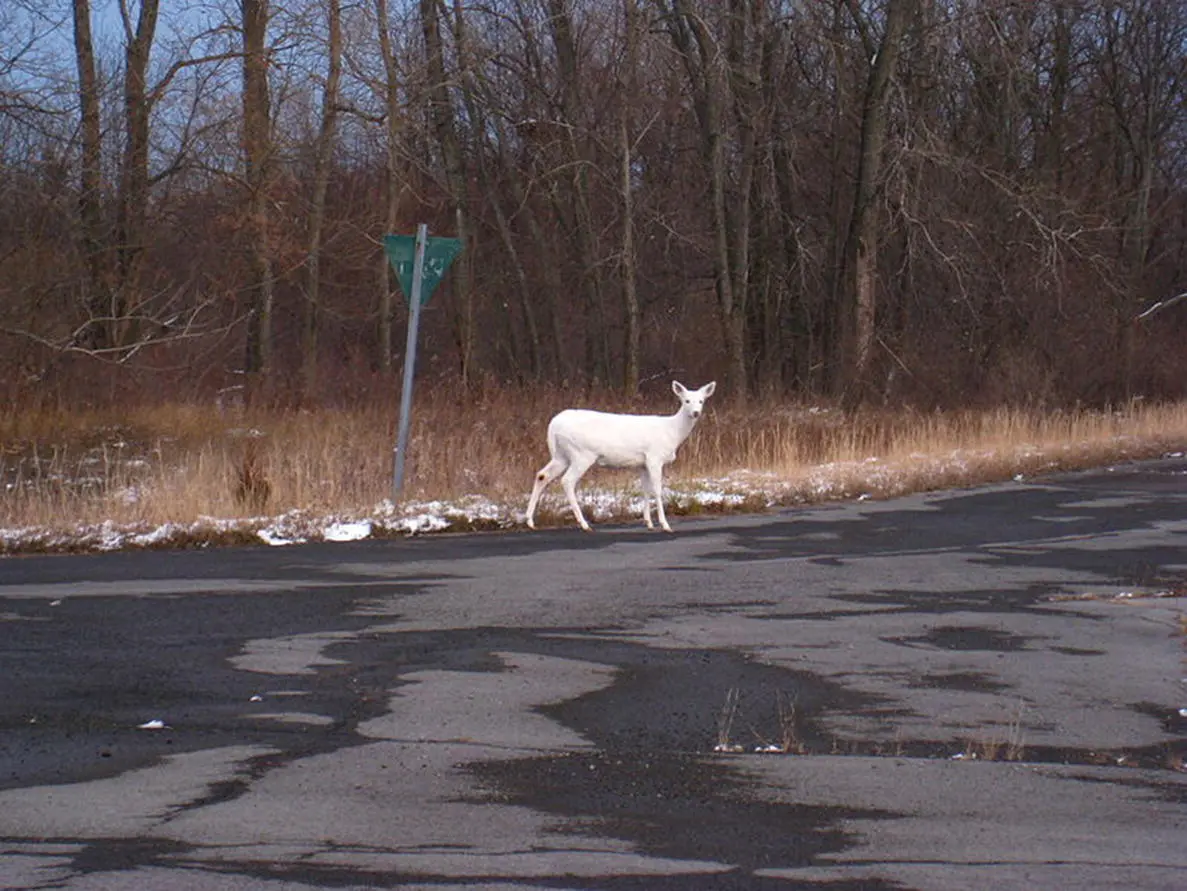
Figure 5.9 Deformities resulting from population isolation and inbreeding, in this case in white‐tailed deer from an abandoned military installation (Seneca Army Depot). When the depot was created in 1941, a 24‐mile (39 km) fence was erected around its perimeter, isolating a small herd of white‐tailed deer, some of which had white coats. These deer are not albino, but instead carry a set of recessive genes for all‐white coats. The isolation of the herd has caused high levels of inbreeding and widespread expression of this unusual coat color. The coat color is maladaptive as it makes the deer highly conspicuous to would‐be predators, particularly deer hunters.
(BrianAdler/Wikimedia Commons/Public domain)
Second, heterozygous individuals may be more fit in terms of phenotypic characteristics than homozygous individuals, a phenomenon known as heterosis . For example, evidence suggests that heterozygous animals tend to be more resistant to disease, grow faster, and survive longer than homozygotes (Frankel 2013). This effect seems to be present, but not as strong, among plants (Ledig 1986).
The third reason is closely tied to the “evolutionary potential” issue discussed in the preceding section. In a population dominated by heterozygotes there will be more genetic variability among offspring (some heterozygotes, some homozygous dominants, and some homozygous recessives). In a changing environment perhaps at least some of the young will have the right combinations of alleles to survive. In other words, from an evolutionary perspective it may be preferable not to put all your eggs in one basket or all your zygotes into one genotype.
Читать дальше
